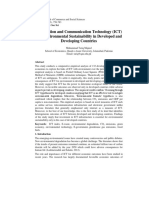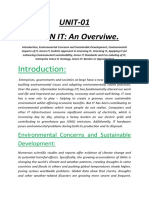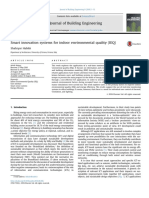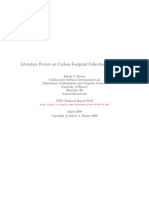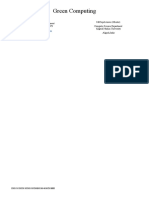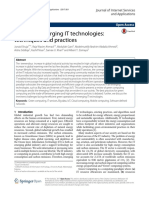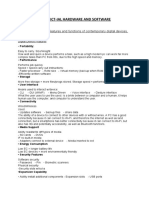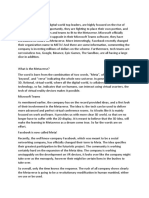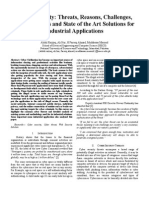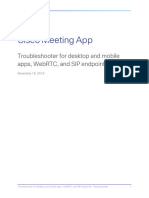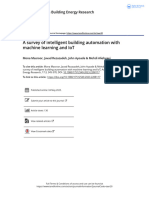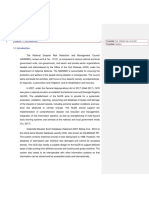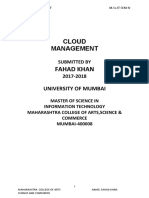0% found this document useful (0 votes)
46 views13 pagesTopic 6 UNIT 1 ICT
The document discusses the environmental, legal, and ethical impacts of information technology. It covers topics like reducing the carbon footprint and e-waste of IT equipment, data protection laws, and using technology for environmental monitoring and smart homes/cities.
Uploaded by
Muhamed MuslimCopyright
© © All Rights Reserved
We take content rights seriously. If you suspect this is your content, claim it here.
Available Formats
Download as DOCX, PDF, TXT or read online on Scribd
0% found this document useful (0 votes)
46 views13 pagesTopic 6 UNIT 1 ICT
The document discusses the environmental, legal, and ethical impacts of information technology. It covers topics like reducing the carbon footprint and e-waste of IT equipment, data protection laws, and using technology for environmental monitoring and smart homes/cities.
Uploaded by
Muhamed MuslimCopyright
© © All Rights Reserved
We take content rights seriously. If you suspect this is your content, claim it here.
Available Formats
Download as DOCX, PDF, TXT or read online on Scribd
/ 13












